There are many ways to create a 3D form, I feature on a few basic ones:
- constructive solid geometry (CSG): union, intersection, difference, exclusive
- extruding linear and rotational
- hulling
Constructive Solid Geometry (CSG)
One of the easiest approaches to 3D modeling comes with CSG which provides 3 main operations:
- union
- intersection
- difference
Union, Intersection, Difference
Given a sphere and a cube to illustrate the 3 main CSG operations:
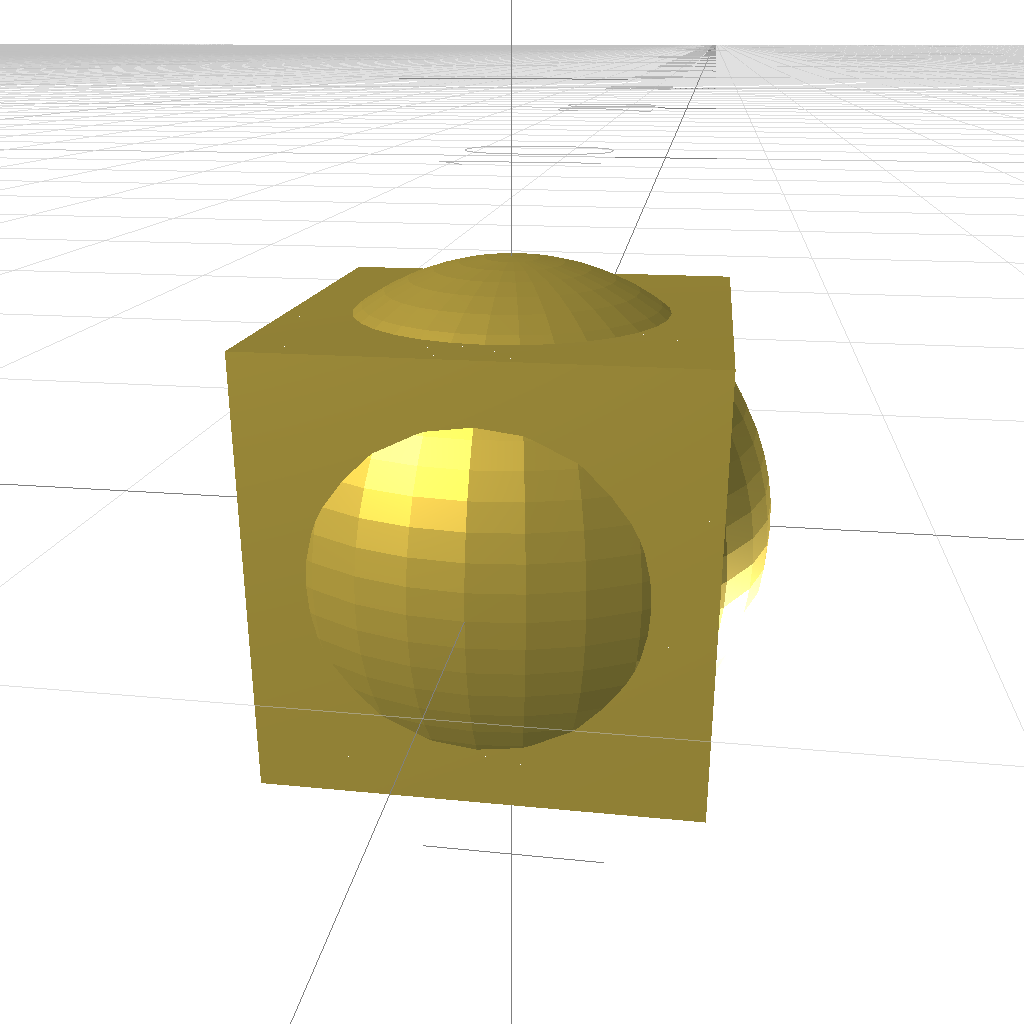
union 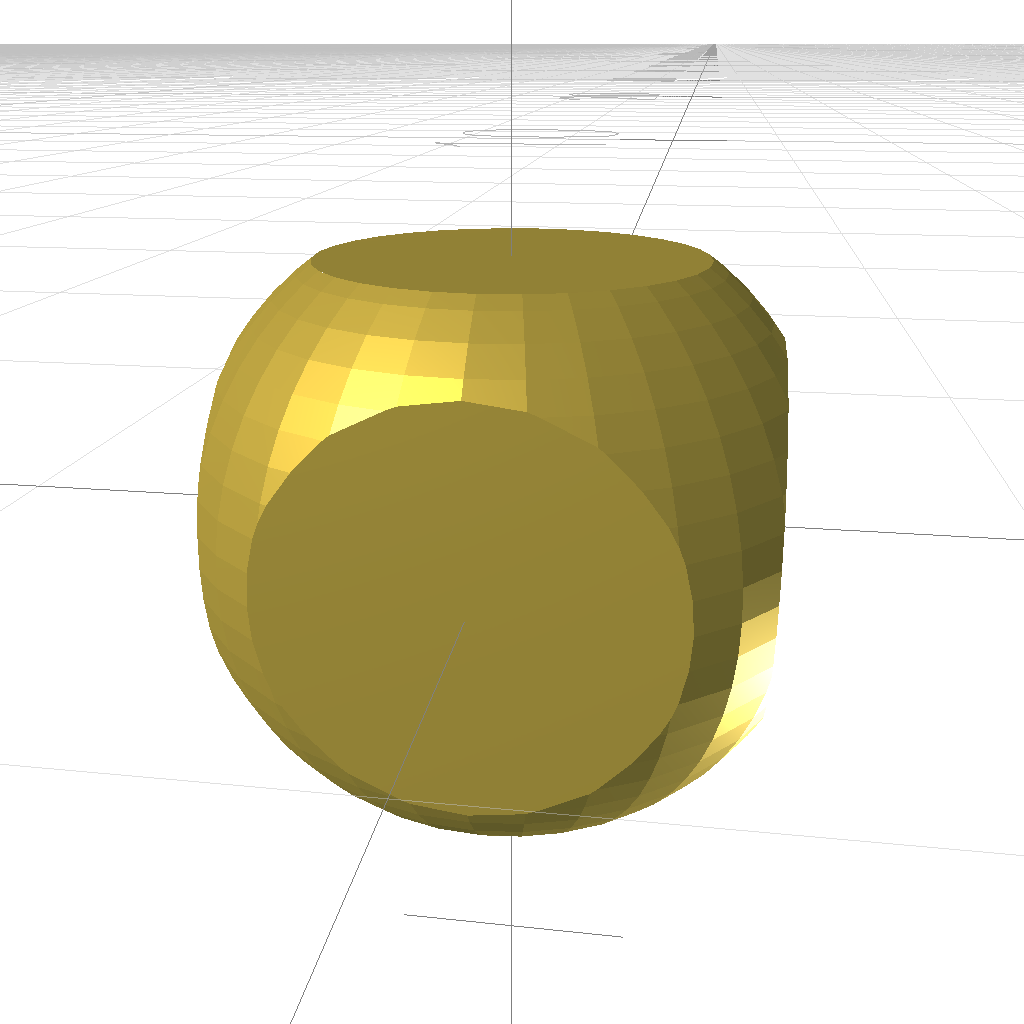
intersection 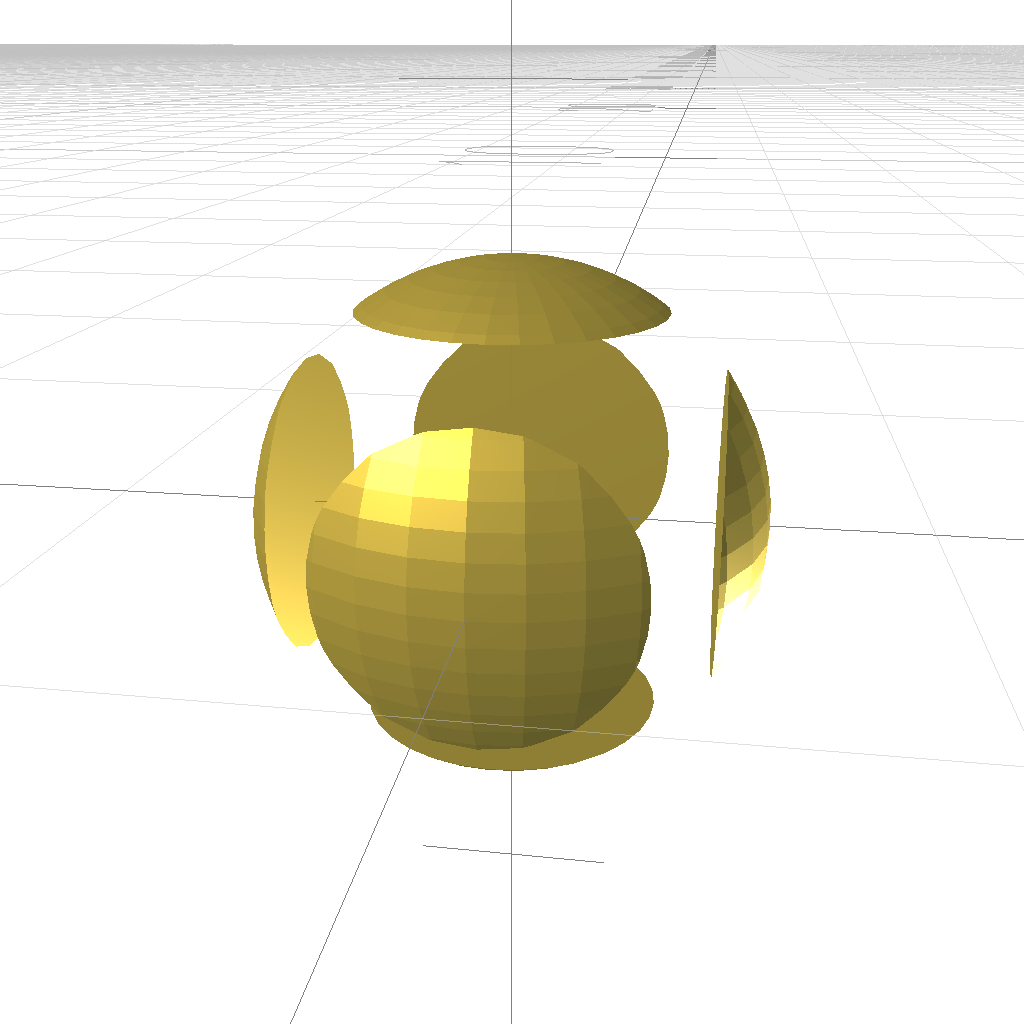
difference
The results are a single solid or mesh, possibly discontinuous.
Exclusive
As part of a discussion with Brian Spilsbury, who conceived this operation as ‘assembly’, I see it as part of the CSG fundamentals as exclusive as chained operation of difference of multiple parts, for example a sphere and two cubes:
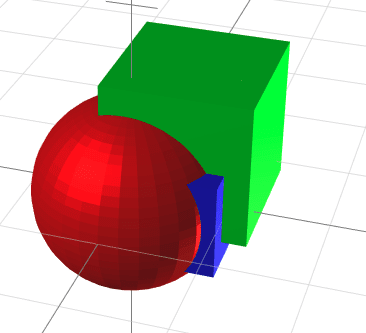
As in material or physical reality no part can occupy the same space at the same time, the parts give way or yield to each other:
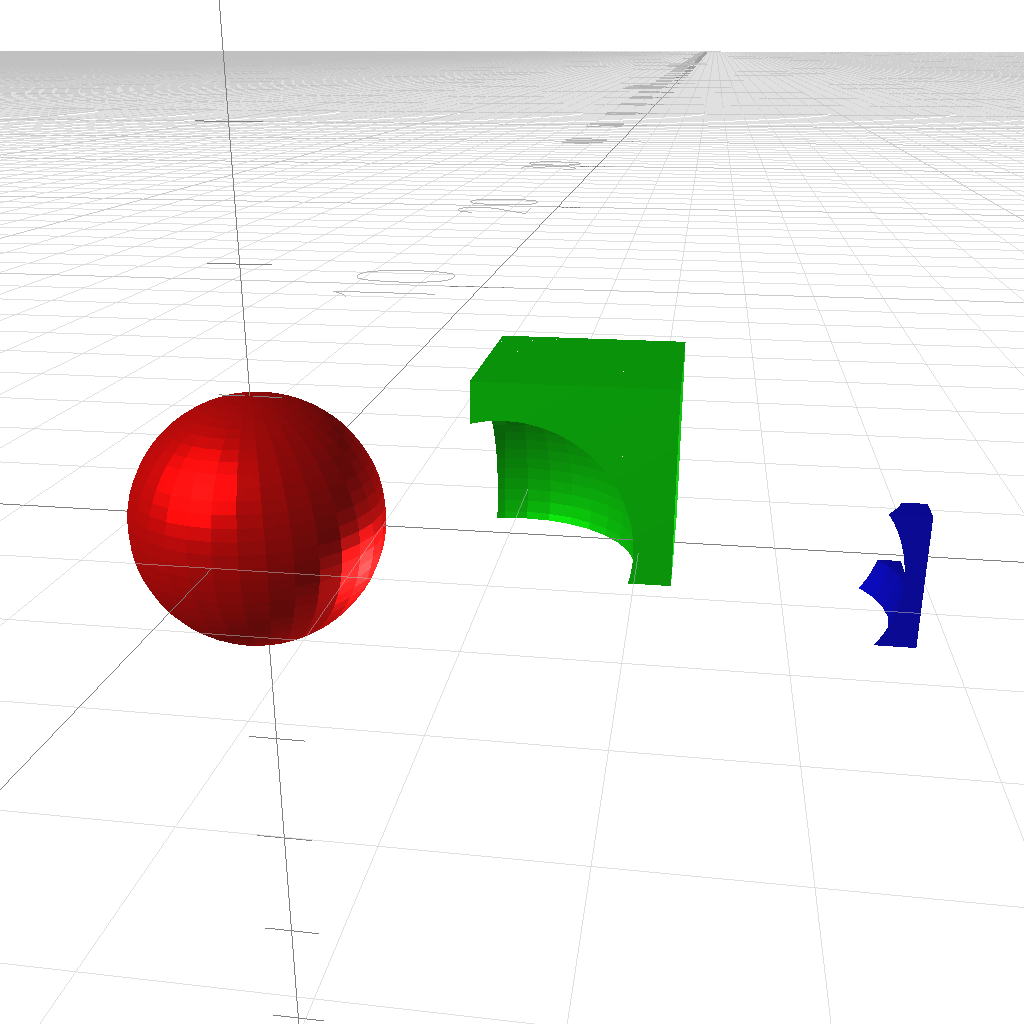
descending order of exclusivity 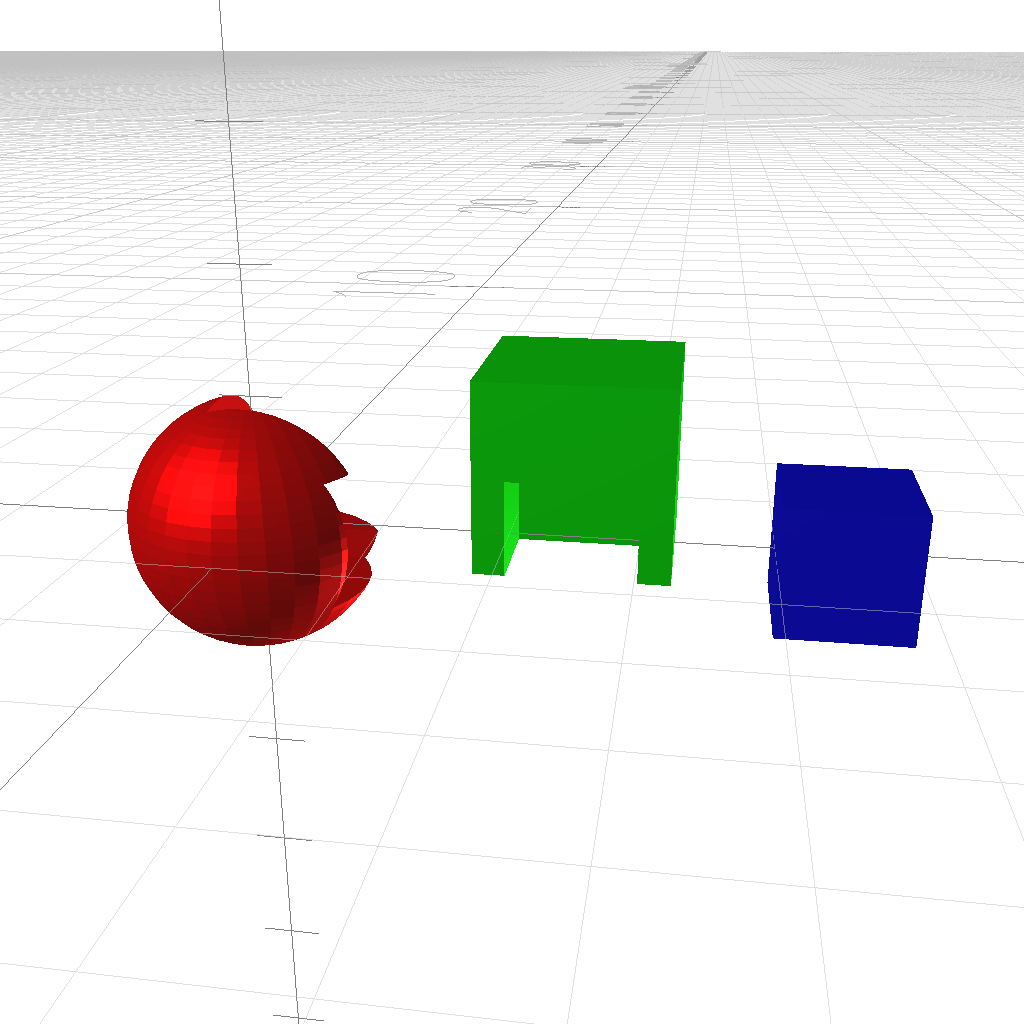
ascending order of exclusivity
The result of exclusive operation are multiple solids or meshs.
Extruding
The main idea is using a 2D shape to create a 3D shape or form:
Linear Extruding
A 2D shape or form in X, Y space is extruded into the 3rd dimension Z, even with a slight twist as well:
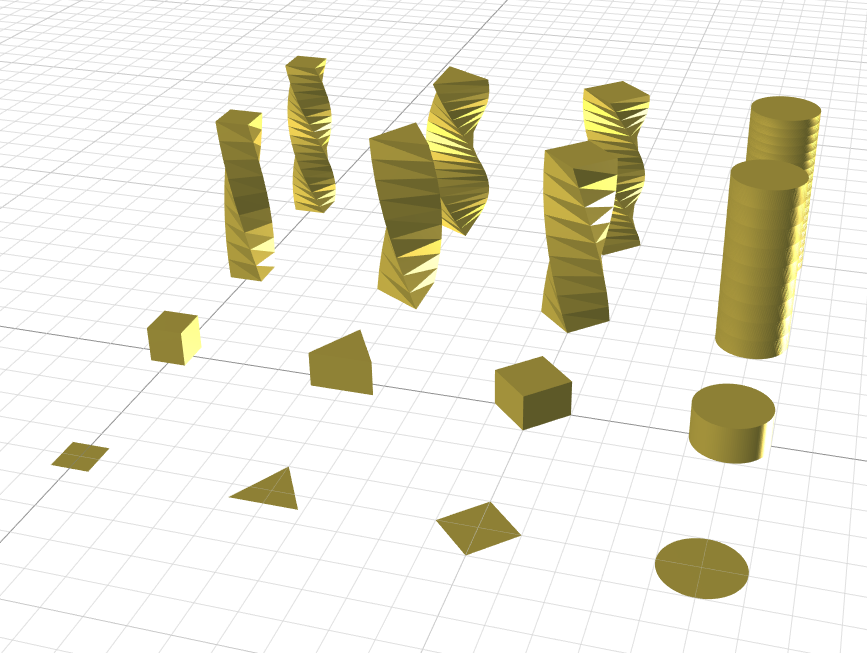
Linear extruding allows to create:
- cube, cylinder, prism and
- twisted variants of such
Rotate Extruding
Another intuitive approach is to use a 2D shape or form and rotate or sweep it around an axis, and describe a 3D form as such, for example by using a circle or square as 2D form, and rotate or sweep it in different ways:
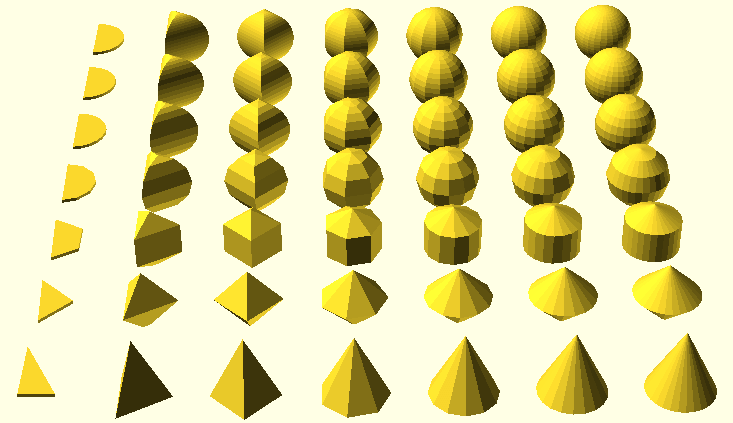
Triangle and Half Circle Extruded Rotational with N-Sides 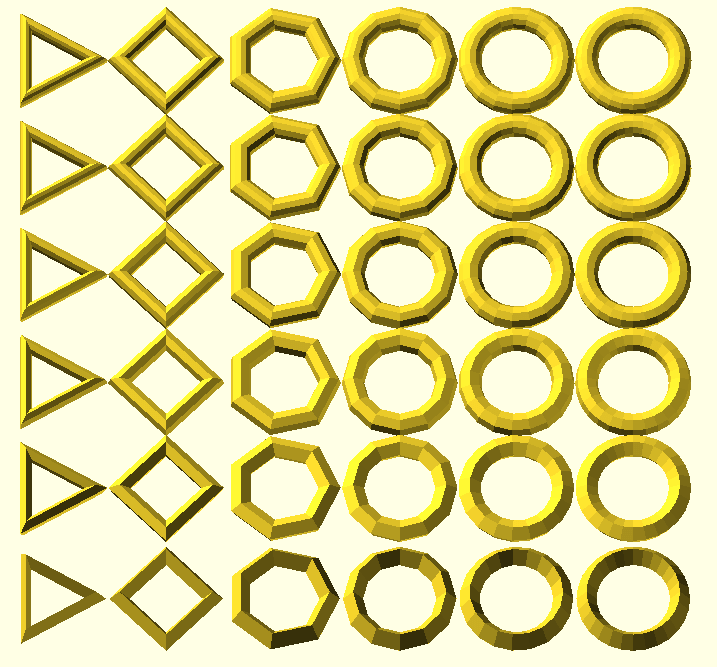
Torus with various inner and outer polygons
Rotate extruding allows to create:
- cube, sphere, cone, torus and
- many special cases of such
Hull
A more advanced operation is hulling points or other forms:
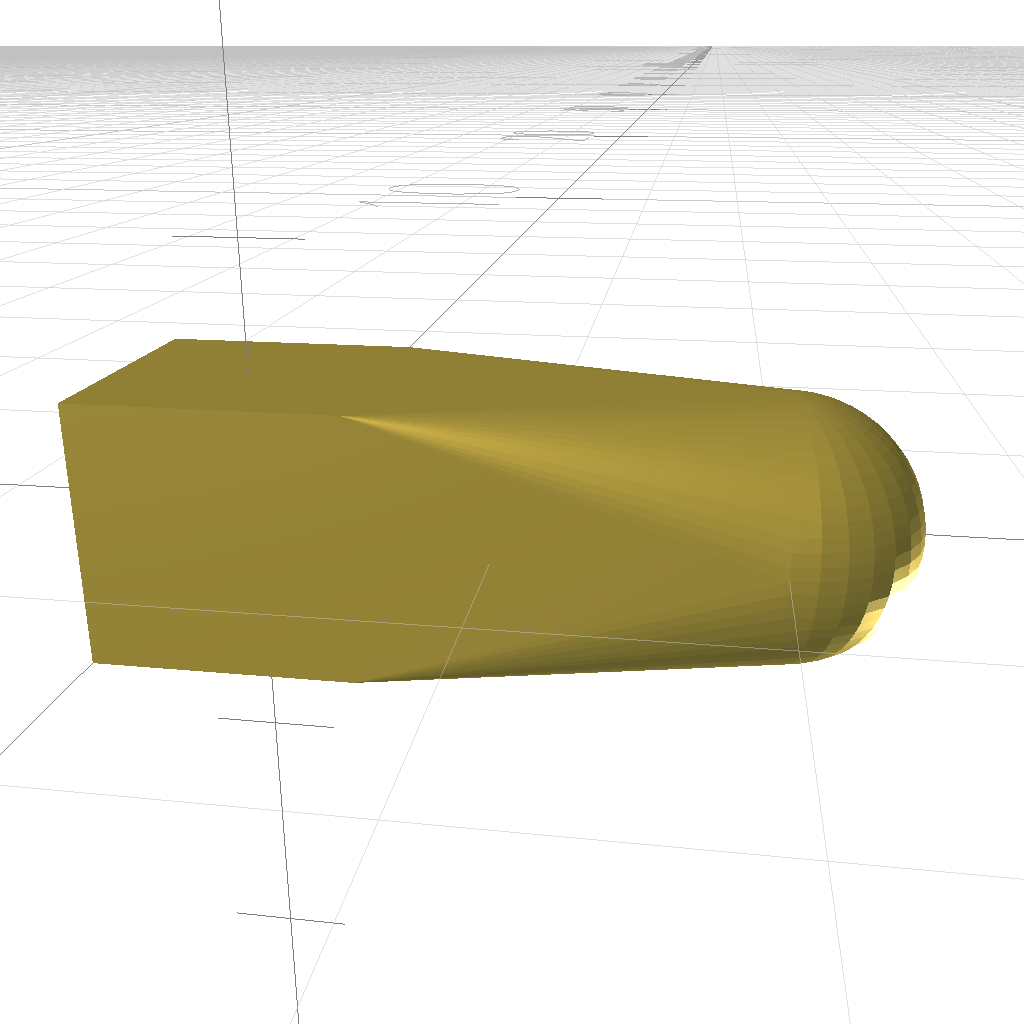
Hull of a cube and a sphere 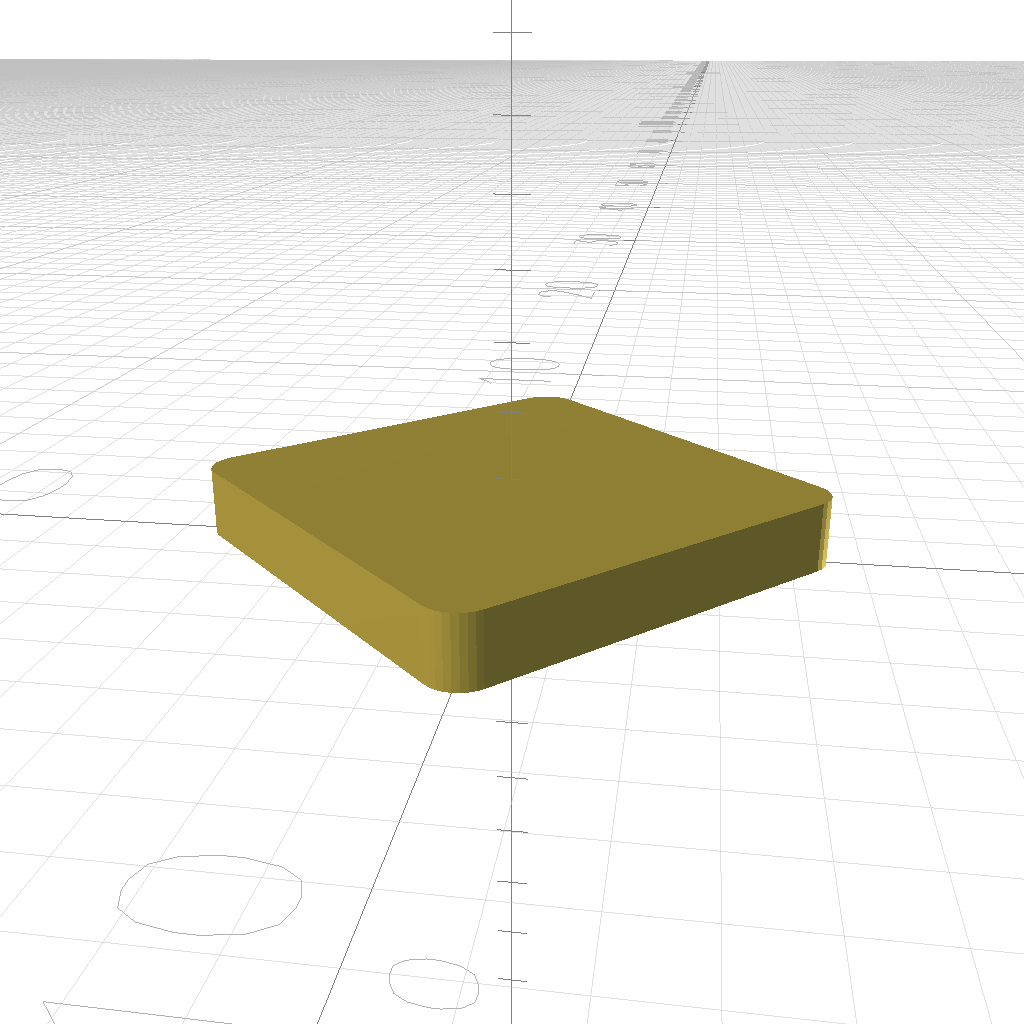
Hull of 4 cylinders (describing the corners) 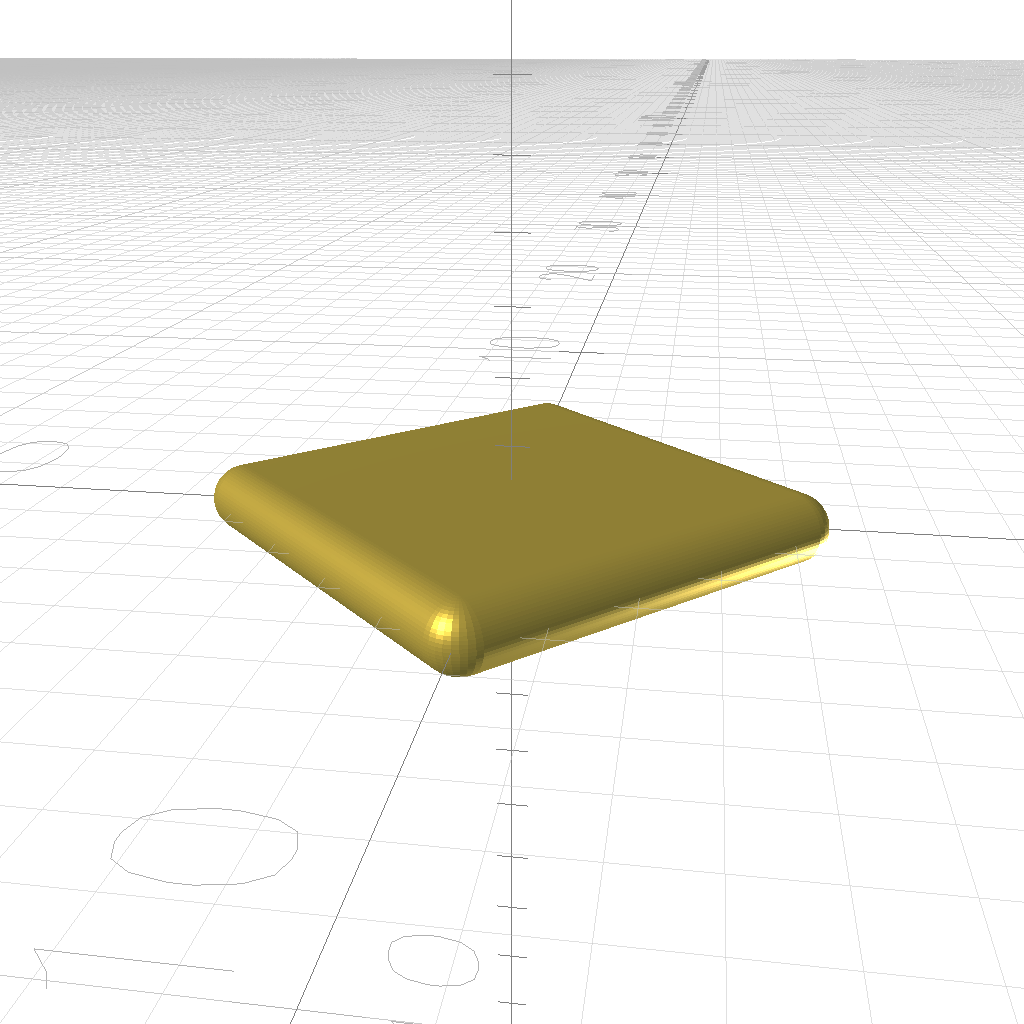
Hull of 4 spheres (describing the corners)
Other Operations
- point cloud: scanning an object or environment
- sculpting like Blender or ZBrush: natural forms
Continue to explore 3D Modeling Software, where some of those described operations are implemented.
